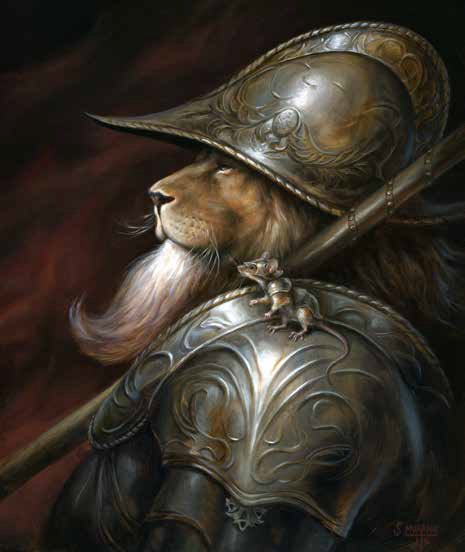
A PURR-FECT TRIBUTE TO DR. SEUSS
John P. Stapleton
There are many ways that we can think about a cat wearing a hat, but the first one the mind jumps to is almost always Dr. Seuss’ favorite furry friend, The Cat in the Hat. In anticipation of its new Amazing World of Dr. Seuss Museum, scheduled to open this June, the Springfield Museums have put on the “Cats in Hats” exhibit, featuring over two dozen works of art that depict just that — cats wearing hats.
In Russ Cox’s “Draculitier,” we see The Cat in the Hat in a macho-aggressive pose, similar to a Latin American cartoon style, but also donning a cape and vampire teeth. At the back wall of the exhibit is one of the more somber depictions of the character. “Seen Better Times,” by Gary A. Lippincott, shows a very old Cat in The Hat in poor health, hooked up to a number of tubes and machines.
The reimaginations of the famous character make up less than half of the exhibit, though. Most of the artists created very original cats wearing their own unique hats, ranging from the fun and cartoonish to the more serious and realistic.
The tall rectangular cases hold ancient Japanese artwork, weaponry and armor from the George Walter Vincent Smith Museum’s own world-renowned collection. What makes this exhibit an educational experience is that there are two histories at work here. One investigates the origins and depictions of the Turtles, and the other shows the history of the ninja and the samurai, both of these coming together to provide context for one another. In the Turtles’ case, we find out where everything that makes them ninjas comes from, and for the warrior history itself, we get a more modern sense of how that culture worked, which is what the Teenage Mutant Ninja Turtles has been doing for kids since its origin.
To read more, pick up a
copy of our latest issue! Click here to find a pick-up location near you or Subscribe Here.